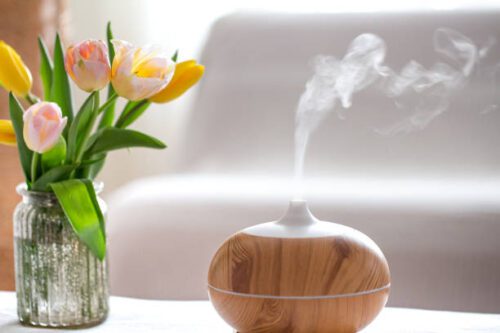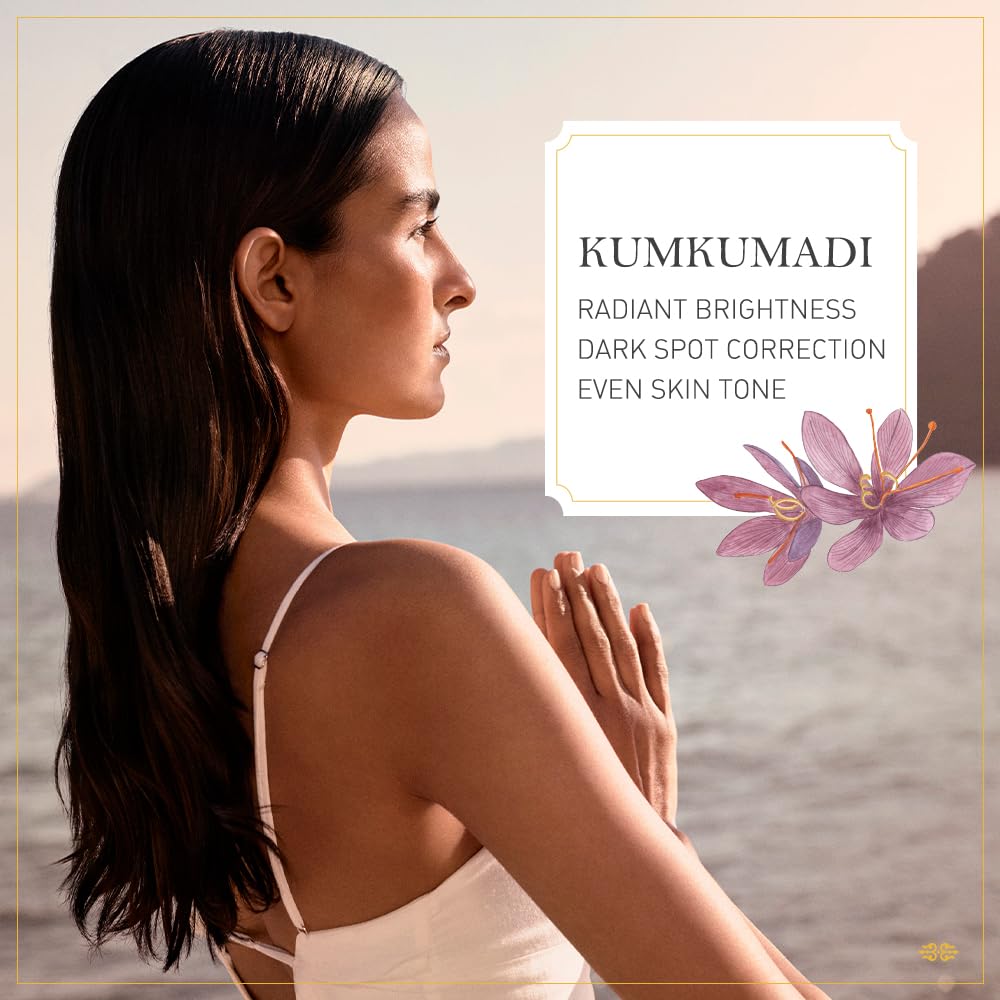Winter Hydration Secrets Winter brings its charm with snowy landscapes and cozy nights by the fireplace. However, it also brings a common problem: dry skin. The cold, dry air can leave your skin feeling parched and uncomfortable. But fear not! We, as seasoned experts in skincare and hydration, have gathered the top 5 winter hydration secrets to help you maintain radiant, moisturized skin throughout the chilly season. Say goodbye to dry skin and welcome the winter with a healthy glow.
Hydrate from Within
In today’s fast-paced world, where everyone is constantly on the move, it’s easy to overlook the most fundamental aspect of our health – staying adequately hydrated. We often prioritize external skincare routines, but what if I told you that the secret to achieving radiant skin and overall wellness lies in hydrating from within? In this comprehensive guide, we will delve deep into the importance of hydration, the science behind it, and how it can significantly impact your health, appearance, and overall well-being.
The Human Body: A Water Wonderland
- Before diving into the specifics of how to hydrate from within, let’s first understand water’s incredible role in our bodies. Water is the essence of life; it makes up approximately 60% of an adult’s body weight. Every cell, tissue, and organ relies on water to function efficiently.
The Role of Water in the Body
Water serves various essential functions, including:
- Temperature Regulation: Water helps regulate body temperature, preventing overheating or getting too cold.
- Nutrient Transportation: It assists in the transportation of essential nutrients to cells.
- Detoxification: Water aids in the removal of waste products and toxins from the body.
- Joint Lubrication: It keeps joints lubricated, reducing the risk of joint pain and injury.
- Skin Health: Proper hydration is the foundation for glowing, healthy skin.
The Impact of Dehydration
- Dehydration is a condition that occurs when you lose more fluids than you take in, resulting in an inadequate water balance within the body. Even mild dehydration can have a profound impact on your health and appearance.
Signs of Dehydration
- Dry Skin: One of the most apparent signs of dehydration is dry, flaky skin.
- Fatigue: Dehydration can lead to feelings of tiredness and reduced energy levels.
- Headaches: Lack of water can trigger headaches and migraines.
- Poor Concentration: It impairs cognitive function and concentration.
- Digestive Problems: Dehydration can lead to constipation and other digestive issues.
Hydration and Radiant Skin
- If you desire youthful, radiant skin, hydrating from within is your ultimate skincare secret. Your skin is the body’s largest organ, and its health is directly linked to your hydration status.
1. How Hydration Impacts the Skin
- Moisture Retention: Proper hydration helps your skin retain moisture, giving it a plump and supple appearance.
- Wrinkle Reduction: Well-hydrated skin is less prone to fine lines and wrinkles.
- Even Skin Tone: Hydration contributes to an even skin tone and reduced redness.
- Acne Prevention: Dehydrated skin can lead to clogged pores and acne breakouts.
Practical Tips for Hydrating from Within
- Now that we understand the significance of hydration, let’s explore some practical tips to ensure you stay adequately hydrated.
1. Set a Water Intake Goal
- Aim to drink at least 8 glasses (64 ounces) of water per day.
2. Eat Water-Rich Foods
- Incorporate water-rich foods like cucumbers, watermelon, and oranges into your diet.
3. Avoid Excessive Caffeine and Alcohol
- Both caffeine and alcohol can contribute to dehydration, so consume them in moderation.
4. Invest in a High-Quality Water Bottle
- Having a convenient water bottle with you at all times can serve as a visual reminder to stay hydrated.
5. Monitor Your Urine Color
- Clear or pale yellow urine is a good indicator of proper hydration. Dark yellow or amber urine suggests dehydration.
6. Use a Humidifier
- Especially in dry environments, a humidifier can help maintain healthy skin moisture.
2 . Choose a Hydrating Cleanser
Selecting the right hydrating cleanser is a crucial step in your skincare routine. When it comes to cleansing, it’s essential to choose a product that not only removes dirt and impurities but also helps maintain your skin’s natural moisture balance. Here’s a guide to help you choose a hydrating cleanser that suits your skin type and needs:
Know Your Skin Type:
- Before you begin your search, determine your skin type. Whether you have dry, oily, combination, or sensitive skin, there’s a hydrating cleanser designed for you. Understanding your skin’s unique needs will guide you in making the best choice.
Look for Gentle Formulas:
- Hydrating cleansers should be gentle on the skin. Look for sulfate-free products, as sulfates can strip the skin of its natural oils. Instead, opt for mild, hydrating ingredients like glycerin, hyaluronic acid, or ceramides.
Fragrance-Free Options:
- Fragrances in cleansers can sometimes irritate sensitive skin. If you have sensitive skin or prefer a fragrance-free product, make sure to check the ingredient list for any added scents.
Check the pH Level:
- A cleanser with a balanced pH is essential. The skin’s natural pH is slightly acidic, around 5.5. Using a cleanser with a pH close to this level helps maintain the skin’s protective barrier.
Avoid Harsh Exfoliants:
- While some cleansers may contain exfoliating agents, it’s essential to avoid harsh exfoliants in a hydrating cleanser, as they can be too abrasive for daily use. Instead, opt for cleansers with mild exfoliating ingredients like alpha hydroxy acids (AHAs) or beta hydroxy acids (BHAs).
Consider Cream or Milk Cleansers:
- Cream or milk cleansers are known for their hydrating properties. They are excellent choices for dry or sensitive skin types, as they provide a gentle and moisturizing cleanse.
Read Reviews and Seek Recommendations:
- Don’t hesitate to read product reviews and seek recommendations from friends or skincare professionals. Other people’s experiences can offer valuable insights into how a particular cleanser performs.
Patch Test:
- Before committing to a new cleanser, perform a patch test on a small area of your skin to ensure you don’t have any adverse reactions. This step can help prevent unexpected irritations.
Consider Your Budget:
- There are hydrating cleansers available in various price ranges. While some high-end products may offer luxurious ingredients, there are also affordable options that deliver excellent results. Choose a cleanser that aligns with your budget.
Brand Reputation:
- Reputable skincare brands often invest in research and development to create effective products. Consider choosing a hydrating cleanser from a brand known for its quality and commitment to skin health.
3 . Moisturize, Moisturize, Moisturize
Moisturize, Moisturize, Moisturize” – these three words encapsulate a fundamental mantra in skincare. Hydrating and moisturizing your skin is essential for maintaining its health, elasticity, and radiant appearance. Let’s delve into the importance of moisturizing and how to do it effectively.
Why Moisturize?
- Hydration: Our skin, like our body, needs water to thrive. Moisturizers contain ingredients that lock in moisture and prevent water loss, keeping your skin hydrated.
- Barrier Protection: A well-moisturized skin acts as a protective barrier, preventing harmful environmental elements from penetrating and causing damage.
- Anti-ageing: Moisturizing helps reduce the appearance of fine lines and wrinkles, keeping your skin looking youthful and vibrant.
- Even Skin Tone: Regular moisturizing can help even out your skin tone, reducing redness and irritation.
- Softer, Smoother Skin: Properly moisturized skin feels soft and smooth to the touch.
How to Moisturize Effectively:
Choose the Right Moisturizer:
Select a moisturizer suitable for your skin type. If you have dry skin, opt for a richer, cream-based moisturizer. For oily skin, go for a lightweight, non-comedogenic formula. Combination skin may benefit from a dual-action moisturizer.
Timing Matters:
- Apply moisturizer after cleansing, ideally while your skin is still slightly damp. This helps lock in moisture and enhances absorption.
Gentle Application:
- Use gentle, upward strokes to apply moisturizer to your face and neck. Avoid tugging or rubbing, which can lead to premature wrinkles.
Don’t Forget the Eyes:
- The skin around your eyes is delicate and prone to dryness. Use a specialized eye cream or a mild moisturizer to keep this area hydrated.
SPF, Day, and Night:
- In the daytime, opt for a moisturizer with built-in SPF to protect your skin from harmful UV rays. At night, use a richer, nourishing moisturizer to support skin repair during sleep.
Body Care:
- Don’t neglect the rest of your body. Apply body lotion or moisturizer to maintain smooth and soft skin all over.
Consistency is Key:
- Make moisturizing a part of your daily routine. Consistency in skin care is essential for lasting results.
Avoid Harsh Ingredients:
- Check the ingredient list for potential irritants. Fragrance-free and hypoallergenic moisturizers are safer choices, especially for sensitive skin.
Customize for Seasonal Changes:
- Adjust your moisturizer based on the season. Thicker, more emollient moisturizers are ideal for colder months, while lighter formulations are better in the summer.
Internal Hydration:
- Remember that what you put into your body matters too. Drinking an adequate amount of water is essential for overall skin hydration.
4 . Use a Humidifier
Using a humidifier is a simple yet effective way to enhance your indoor environment and promote overall well-being. Whether you live in a dry climate, are experiencing seasonal changes, or just want to optimize your home or workspace, a humidifier offers numerous benefits. Let’s explore the advantages and how to use a humidifier correctly.
Why Use a Humidifier?
- Maintains Optimal Humidity: Humidifiers help balance indoor humidity levels, which is especially important during the dry winter months. Proper humidity can reduce discomfort caused by dry air, such as dry skin, chapped lips, and irritated nasal passages.
- Respiratory Health: Humidifiers can relieve congestion and promote easier breathing, making them beneficial for those with allergies, asthma, or colds. Proper humidity levels help keep mucous membranes in the respiratory system moist.
- Skin Health: Adequate humidity in the air can prevent dry and itchy skin. It’s a natural way to maintain skin hydration, especially while you sleep.
- Protects Wooden Furniture: Maintaining the right humidity levels can prevent wood furniture and flooring from drying out, cracking, or warping.
- Reduces Static Electricity: Dry indoor air can lead to static shocks. Humidifiers can mitigate this issue by increasing humidity.
- Better Sleep: Sleeping in a comfortable environment with the right humidity levels can improve the quality of your sleep.
How to Use a Humidifier:
Choose the Right Humidifier:
- There are various types of humidifiers, including ultrasonic, evaporative, warm mist, and cool mist humidifiers. Choose one that suits your needs and preferences.
Maintain Cleanliness:
- Regularly clean your humidifier to prevent mould and bacteria growth. Follow the manufacturer’s instructions for cleaning and disinfecting.
- Use Distilled Water: Using distilled water instead of tap water can help minimize mineral buildup and potential white dust on surfaces.
Monitor Humidity Levels:
- Invest in a hygrometer to measure indoor humidity levels. The ideal range is typically between 30% and 50%. Adjust your humidifier settings accordingly.
Place it Properly:
- Position the humidifier in a central location, away from walls and furniture, to allow for an even distribution of moisture throughout the room.
Follow Usage Instructions:
- Read and follow the manufacturer’s instructions for operating your specific humidifier model. Some have additional features, such as adjustable mist levels or timers.
Avoid Over-Humidification:
Excessive humidity can create its own set of problems, including mould growth. Maintain a healthy balance, and don’t let humidity levels rise too high.
Regular Maintenance:
- Clean and disinfect your humidifier on a regular schedule to ensure it functions effectively and remains hygienic.
Use Seasonally:
- Consider using a humidifier primarily during the dry winter months or whenever you notice the indoor air is exceptionally dry.
- Combine with Ventilation: Proper ventilation can help maintain optimal indoor air quality. Ensure that your home is adequately ventilated to prevent stagnation.
5 . Exfoliate Gently
Exfoliating your skin is an essential part of any skincare routine, but it’s crucial to do it gently to avoid damaging your skin. Here’s a guide on how to exfoliate gently and effectively for a healthy, glowing complexion.
Why Exfoliate?
- Exfoliation is the process of removing dead skin cells from the surface of your skin. Regular, gentle exfoliation offers several benefits:
- Smoother Skin: It helps to reveal smoother and softer skin by getting rid of rough, dry, or flaky patches.
- Even Skin Tone: Exfoliating can help reduce hyperpigmentation and improve the overall tone of your skin.
- Unclogs Pores: It prevents the buildup of dirt and oil in your pores, reducing the risk of acne and blackheads.
- Enhances Product Absorption: Exfoliated skin is better at absorbing moisturizers and other skincare products.
- Youthful Appearance: Regular, gentle exfoliation can reduce the appearance of fine lines and promote a youthful glow.
How to Exfoliate Gently:
Choose the Right Exfoliant:
- There are two main types of exfoliants: physical and chemical. Physical exfoliants contain granules or particles that physically remove dead skin cells, while chemical exfoliants use acids or enzymes to dissolve them. For gentle exfoliation, consider chemical exfoliants, such as alpha hydroxy acids (AHAs) or beta hydroxy acids (BHAs).
Frequency Matters:
- How often you exfoliate depends on your skin type. For most people, exfoliating 2-3 times a week is sufficient. Those with sensitive skin should exfoliate less frequently.
Patch Test New Products:
- Before using a new exfoliant, perform a patch test on a small area of your skin to ensure you don’t have an adverse reaction.
Start with a Clean Face:
- Always exfoliate on a clean, makeup-free face. Use a gentle, hydrating cleanser to remove any makeup or impurities.
Apply to Damp Skin:
- If using a chemical exfoliant, apply it to slightly damp skin. This helps reduce the risk of irritation.
Use Gentle, Circular Motions:
- When applying a physical exfoliant, use light, circular motions to avoid scrubbing too harshly. For chemical exfoliants, apply with clean fingers or a cotton pad.
Avoid the Eye Area:
- The skin around your eyes is delicate, so be careful to avoid this area when exfoliating.
Rinse Thoroughly:
- After exfoliating, rinse your face thoroughly with lukewarm water to remove any residue.
Moisturize Immediately:
- Apply a moisturizer or hydrating serum immediately after exfoliating to lock in moisture and prevent over-drying.
Wear Sunscreen:
- Exfoliated skin is more susceptible to sun damage. Apply sunscreen daily to protect your skin from harmful UV rays.
Listen to Your Skin:
- Pay attention to how your skin reacts to exfoliation. If you experience excessive redness, stinging, or peeling, you may be overdoing it. Adjust your exfoliation routine accordingly.
How to Develop a Skincare Routine for Dry Skin
Conclusion-:
In conclusion, a gentle approach to exfoliation is essential for achieving and maintaining healthy, glowing skin. By understanding the benefits of exfoliation, choosing the right exfoliant, and following a few simple guidelines, you can remove dead skin cells, improve skin texture, and promote an even, radiant complexion without causing harm or irritation.
Regular, gentle exfoliation can help you achieve smoother, softer skin, reduce the appearance of fine lines, and prevent clogged pores and acne. However, it’s important to remember that moderation is key. Over-exfoliating can lead to skin sensitivity, redness, and dryness, so it’s crucial to listen to your skin’s needs and adjust your exfoliation routine accordingly.
Whether you opt for a chemical exfoliant or a physical one, following these recommendations and paying attention to your skin’s responses will help you maintain a healthy, youthful appearance while protecting your skin’s well-being.









